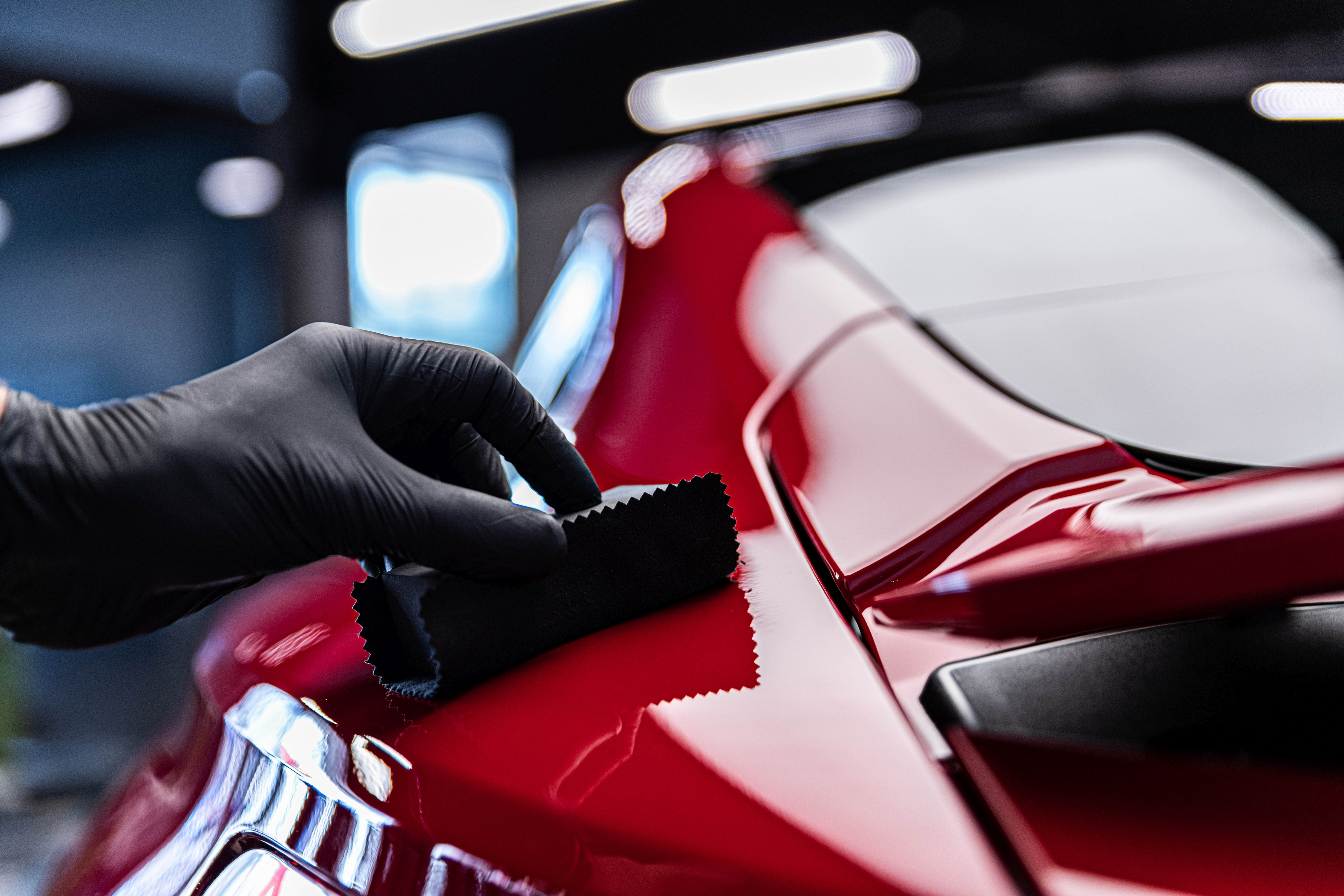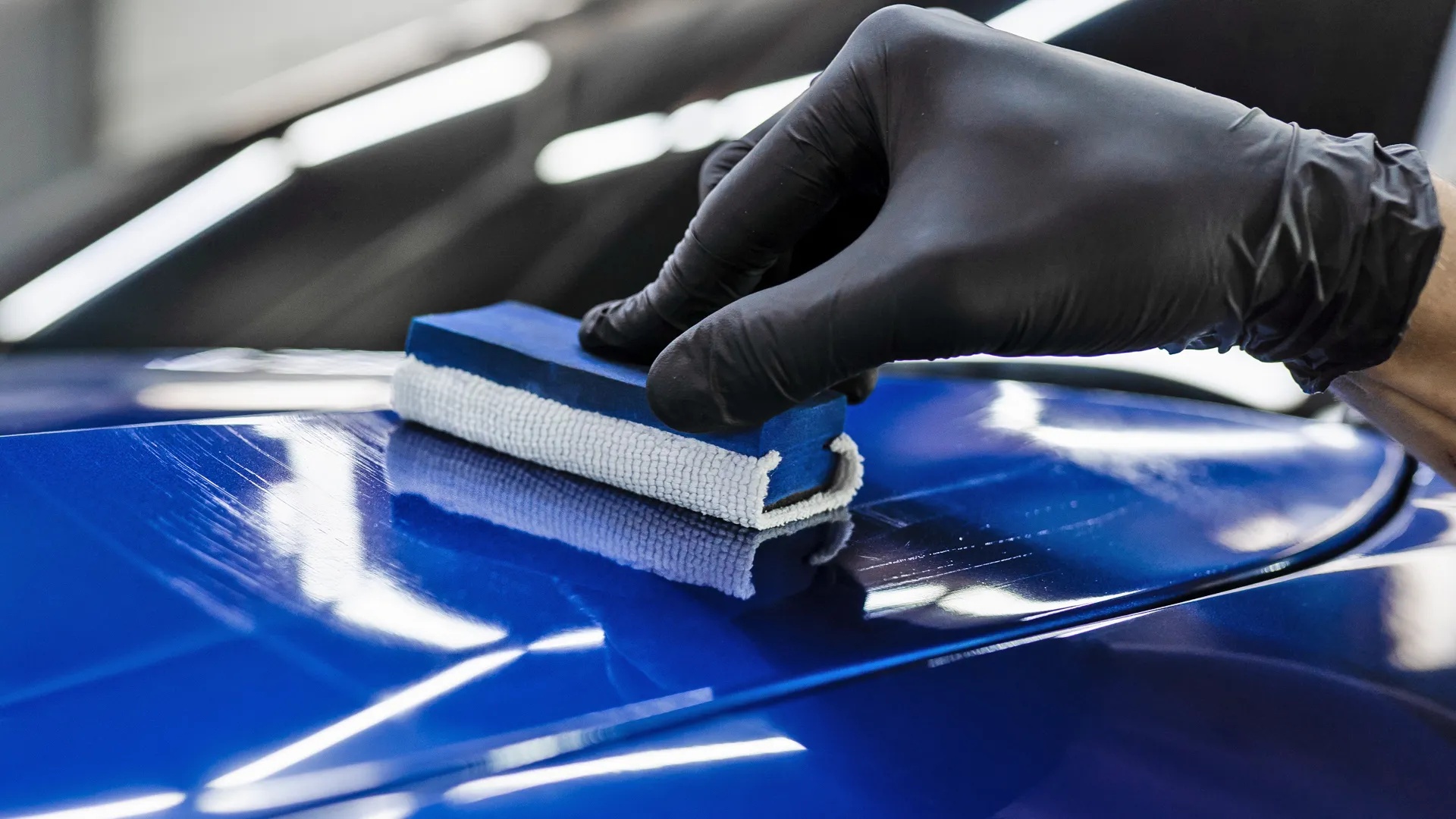Testimonials and Reviews from Delighted Consumers of Ceramic Coating Philadelphia
Testimonials and Reviews from Delighted Consumers of Ceramic Coating Philadelphia
Blog Article
Why Ceramic Finish Is the Ultimate Option for a Perfect End Up
Ceramic covering has actually arised as a leading remedy for those seeking a perfect surface for their vehicles, many thanks to its remarkable sturdiness and protective attributes. What factors really established ceramic finish apart?
What Is Ceramic Finishing?

When applied correctly, ceramic finish creates a hydrophobic surface that pushes back water and dust, making it simpler to preserve and clean. Unlike traditional waxes or sealants, which generally provide short-lived protection, ceramic coatings can last for a number of years, depending on the item top quality and application method. The process of using ceramic finish calls for careful prep work, consisting of detailed cleansing and in some cases repaint modification, to guarantee ideal bonding and performance.
Ceramic coverings are not restricted to vehicle surfaces; they can likewise be utilized on various products, consisting of glass, steel, and plastics, giving a versatile option for boosting defense. On the whole, ceramic coating represents a substantial innovation in surface area security innovation, combining both functional and aesthetic benefits for a wide variety of applications.
Benefits of Ceramic Finishing
While many surface area security choices exist, the advantages of ceramic finish stand out as a result of its unique properties and durable efficiency. Among the key advantages is its phenomenal longevity. Ceramic Coating Philadelphia. Unlike traditional wax or sealers that call for regular reapplication, ceramic finishings give a resistant layer that can last for several years, dramatically reducing upkeep efforts
One more remarkable benefit is enhanced protection versus environmental contaminants. Ceramic finishings produce a hydrophobic surface area that drives away water, dirt, and various toxins, making it simpler to cleanse. This function not just preserves the automobile's look yet also minimizes the risk of deterioration and oxidation, especially in rough climate condition.
Furthermore, ceramic finishings supply exceptional resistance to UV rays, stopping fading and degradation of paint in time. This UV protection is important for maintaining the visual worth of surfaces and vehicles exposed to direct sunshine.
Furthermore, the shiny finish attained with ceramic covering enhances the general aesthetic appeal, giving surfaces a showroom-quality shine. In general, ceramic coatings represent a considerable innovation in surface defense technology, providing enduring benefits that provide to both visual and useful requirements.
Just How It Functions
Understanding the scientific research behind ceramic coatings reveals how they offer such amazing defense and longevity. At its core, a ceramic covering is a liquid polymer that chemically bonds with the vehicle's manufacturing facility paint. This bonding develops a protective layer that is both hydrophobic and oleophobic, repelling water, dirt, and oil. The key element of many ceramic coatings is silicon dioxide (SiO2), which is obtained from quartz. This compound adds to the finish's hardness and resistance to scratches, UV rays, and environmental impurities.
The application procedure involves multiple actions, consisting of surface area prep work, which is vital to accomplishing optimal adhesion. When used, the finishing goes through a treating procedure, throughout which it hardens and forms a semi-permanent bond with the paint surface. This bond is what distinguishes ceramic layers from standard waxes and sealers, supplying a longer-lasting safety obstacle that can endure for many years.
Additionally, the density of the finishing can improve its protective qualities, guaranteeing that it can hold up against extreme conditions. Inevitably, the science of ceramic coverings combines advanced materials with ingenious application techniques to deliver an unparalleled degree of protection and visual improvement for automobiles.
Comparison With Conventional Methods
The advantages of ceramic coverings become especially apparent when compared to traditional paint defense approaches such as waxes and sealers. While waxes provide a temporary luster, normally lasting a few weeks to a number of months, ceramic coatings provide a lasting protective layer that can withstand for numerous years. This durability substantially minimizes the frequency of reapplication, making ceramic finishings a more affordable solution with time.
Furthermore, traditional approaches typically need comprehensive preparation and numerous applications to achieve an adequate level of protection. In contrast, ceramic coatings bond at a molecular level with the automobile's surface, creating a durable guard versus environmental pollutants like UV rays, acid rainfall, and road salts. This bond boosts the car's resistance to scrapes and swirl marks, which are widespread with traditional waxes and sealants.
Additionally, the hydrophobic residential or commercial properties of ceramic layers repel water and dirt, bring about easier cleansing and upkeep. In contrast, wax and sealant-treated surfaces can bring in grime, requiring more frequent cleaning - Ceramic Coating Philadelphia. On the whole, ceramic coatings not just supply superior defense however additionally provide a much more visually appealing and enduring finish, establishing them as the preferred choice for discerning vehicle proprietors
Application and Maintenance Tips

Making use of a foam applicator, use the coating in tiny areas, following the supplier's guidelines regarding density and overlap. Permit sufficient healing time in between layers, typically 24 hours, to make sure proper bonding. After application, it is essential to prevent exposure to water or rough elements for a minimum of a week to enable the covering to completely cure.
Furthermore, using a ceramic maintenance spray can improve the finish's hydrophobic properties and durability. Normal inspections for any type of signs of wear will aid preserve informative post the layer's honesty and protect that excellent surface.
Conclusion
In conclusion, ceramic finish emerges as a premium alternative for accomplishing a flawless auto finish. By developing a durable bond with manufacturing facility paint, ceramic covering successfully shields versus scratches, UV rays, and environmental contaminants.

Report this page